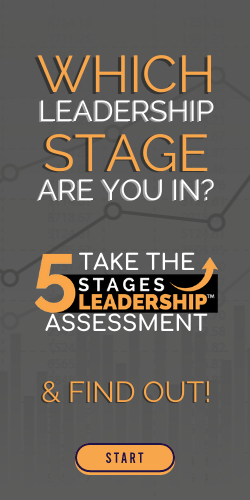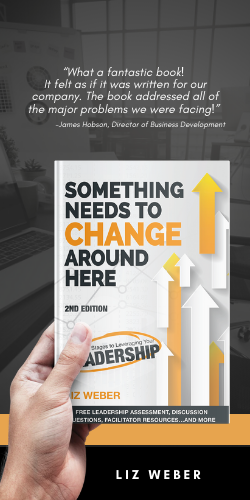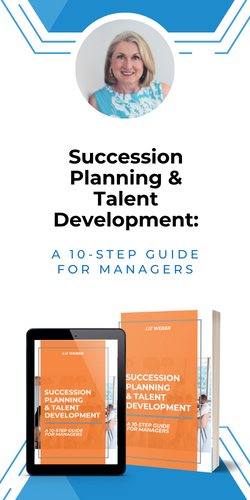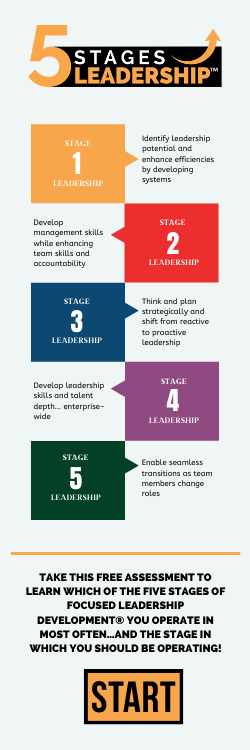
Being ‘disruptive’ in the professional world has become a trendy moniker for many. In the past few years, thinking, behaving and leading to disrupt has become the latest ‘in’ professional strategy to reinvigorate, innovate, or potentially save positions, teams, products, and organizations otherwise moving too slowly to stay relevant and viable. There’s nothing new to the idea of needing to innovate and change to stay relevant. The former leaders of Kodak, Blockbuster, and BlackBerry can attest to this. So why is there so much intrigue with being ‘disruptive’?
Why is there so much intrigue with being ‘disruptive’?
According to the Merriam-Webster Dictionary the Definition of disrupt is:
- a: to break apart
b: to throw into disorder - to interrupt the normal course or unity of…
Depending upon your perspective of the position, team, product or organization that needs to be ‘shaken’ up, your interpretation of the word ‘disrupt’ will fall closer to the more drastic notions of ‘breaking apart and throwing into disorder’ your target, or your interpretation will fall more towards the milder notion of an interruption in the normal course of operations. If your understanding and interpretation of the current situation is that little to none of what used to work well is still viable, effective, or salvageable, you’re going to lean more towards the “Let’s break this apart, blow it up, and start over” mindset. If on the other hand, your understanding and interpretation is that there are core elements that are solid, effective, and needed, while there are other elements that need to disappear or change quickly, you’re going to lean more towards a “Let’s prune this back and rebuild to make it right” model. Disruptive leaders initiate and drive change, challenge authority and established rules, and often say and do things others think but are afraid to say. Disruptive leaders, to many, are courageous trailblazers that will lead the charge for change when current leaders or authorities won’t or aren’t moving fast enough. So whether you plan to lead to completely revamp your organization, or you simply want to lead the charge to develop version 2.0, you can’t effectively disrupt until you know why, how, and when you can.
You can’t effectively disrupt until you know why, how, and when you can.
In working with boards of directors and executives through the years, I’ve seen first-hand the powerful impact of strategic disruptive leaders, and the crash and burn of those who didn’t get it right. The leaders who have succeeded in transitioning their organizations, rebuilding boards or leadership teams, and rolling out refined product and services lines all demonstrated five key disruptive leadership behaviors.
Five Key Behaviors of a Disruptive Leader:
- Strategic Thinking – Clearly envisioning the new reality needed, the ‘WHY’ the disruption needs to occur, as well the major actions needed to make things happen is part of strategic thinking. Each step towards the new reality causes numerous consequences. Effective disruptive leaders don’t think about just what the new reality needs to be, but what consequences – negative and positive – will need to be managed along the way.
- Strategic Alignment – Tearing something apart or interrupting current operations are simply actions, they’re not outcomes. Effective disruptive leaders take disruptive action, in aligned ways, to create better outcomes. Through strategic thinking, planning, and actions, disruptive leaders align, sequence and implement actions that build upon one another to propel the person, product, team, or organization to a stronger, better, more viable state.
- Strategic Patience – Effective disruptive leaders do not act on business strategy, personnel, product or services changes until the timing of such moves and the internal and external impact are considered. Some actions will take time, others will move very quickly, but each is assessed and integrated into the larger plan.
- Strategic Relationships – To make things happen, effective disruptive leaders dedicate time understanding, developing, and managing critical relationships with board directors, key staff, and key stakeholders. They know the insights from these relationships will help shape the needed disruptive moves, as well as their timing, communication, and effect.
- Strategic Communication – A disruptive leader’s most effective skill is his or her ability to communicate with influencers, stakeholders, and team members. Therefore, effective disruptors are experts in consistent messaging to communicate their focus, their plans, their actions, their progress, their needs of others, their expectations of others, and their gratitude for the support of others.
What is an Effective, Respected Disruptive Leader?
So, what is an effective, respected disruptive leader? It’s a leader who disrupts when others can’t, won’t or don’t know how. It’s a leader who disrupts for the greater good. It’s a leader who is intentional and strategic. Disruptive leaders disrupt their current work processes, their current responsibilities, products, teams or organizations to create change that provides a stronger future for the stakeholders and others they are working to serve. Effective disruptive leaders don’t disrupt simply to make a name for themselves, tear groups apart, or criticize what others have built or have done before them. They disrupt with the intent to stop what is no longer working and create what is needed to provide value, relevance, and viability to those they serve. They disrupt to help others.
Are you a disruptive leader?
Copyright MMXVIII – Liz Weber, CMC, CSP – Weber Business Services, LLC – www.WBSLLC.com +1.717.597.8890
Liz supports clients with strategic and succession planning, as well as leadership training and executive coaching.
























